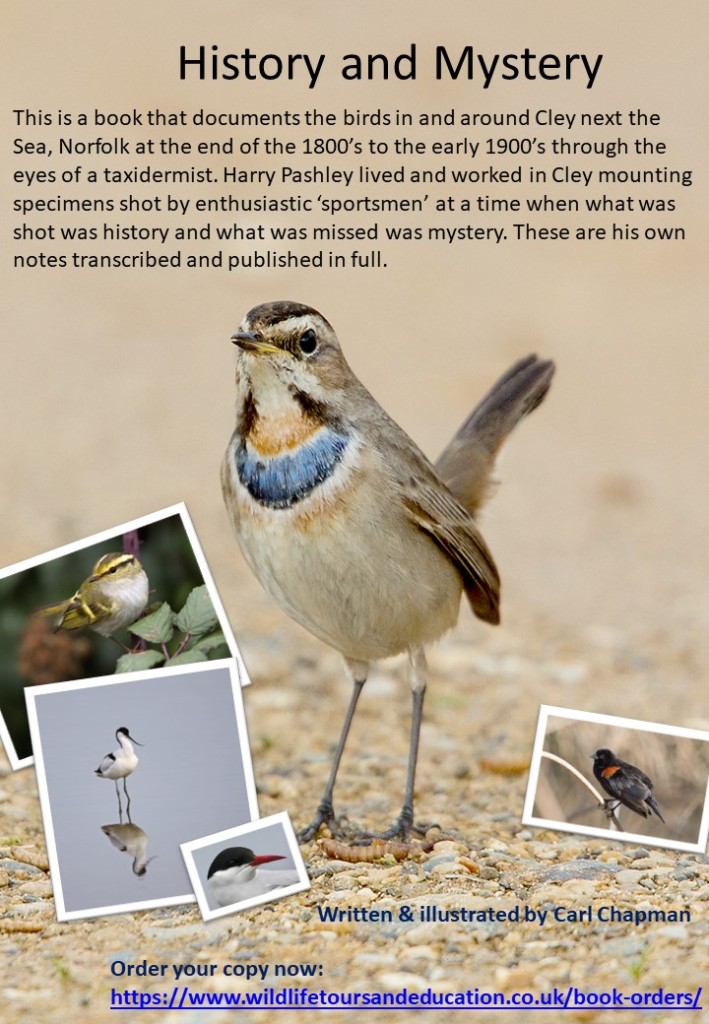
A New Book by Carl Chapman
Image
Reply
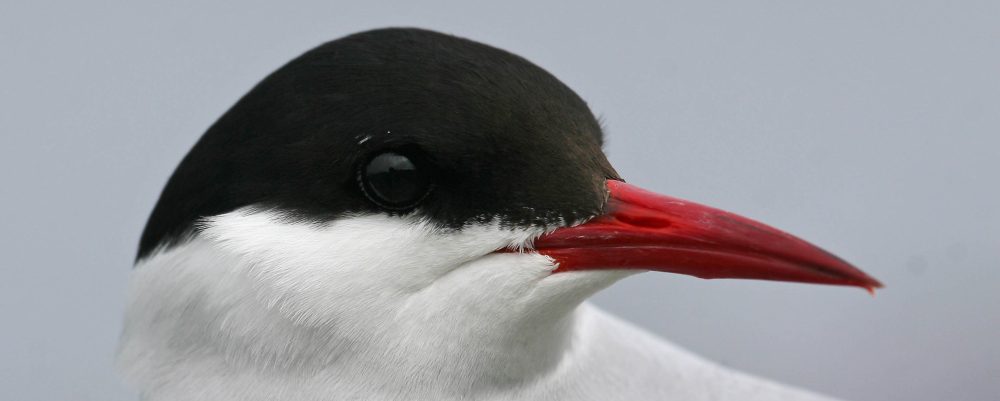
Some say it’s never good to revisit part of your past. They could be right. The rose colouring of time often makes experiences seem better than they were. However, every Spring I lament not looking out on the pond at Falcon Cottage. I created a migrant bird haven. A place where birds could shelter for a while; take rest and recover before moving on. The list of species that visited the garden on the ridge just east of Northrepps was nothing short of astounding but it was the regular and reliable spring occurrences of Ring Ousel that I looked forward to most of all. Sadly, since moving on, the garden is now not what it was.
We had good but brief views of Ring Ousel in Scotland two weeks ago. The vanguards of breeding birds had arrived and we found a female on Cairngorm sheltering from a ferocious wind. Here at West Runton earlier this week there was a splattering of birds moving through. A nice male posed in the cattle paddocks briefly; but you could tell it was anxious to move on. It never settled for long, even when viewed from a distance. The need and the rush to breed is strong.
However … birds never show as well as they did at Falcon Cottage.


The weather tempted us into the hides last week. Scotland was trying its best to let in spring but winter demanded a curtain call. After the snow came the rain and with the rain came the wind.
The distant sound of a grebe calling came across the water. First one Slavonian, then two, then another two. Five in total came to see us; displaying and mating, spreading head plumes and parting water with a wake of urgency. For me spring began right there … right then.
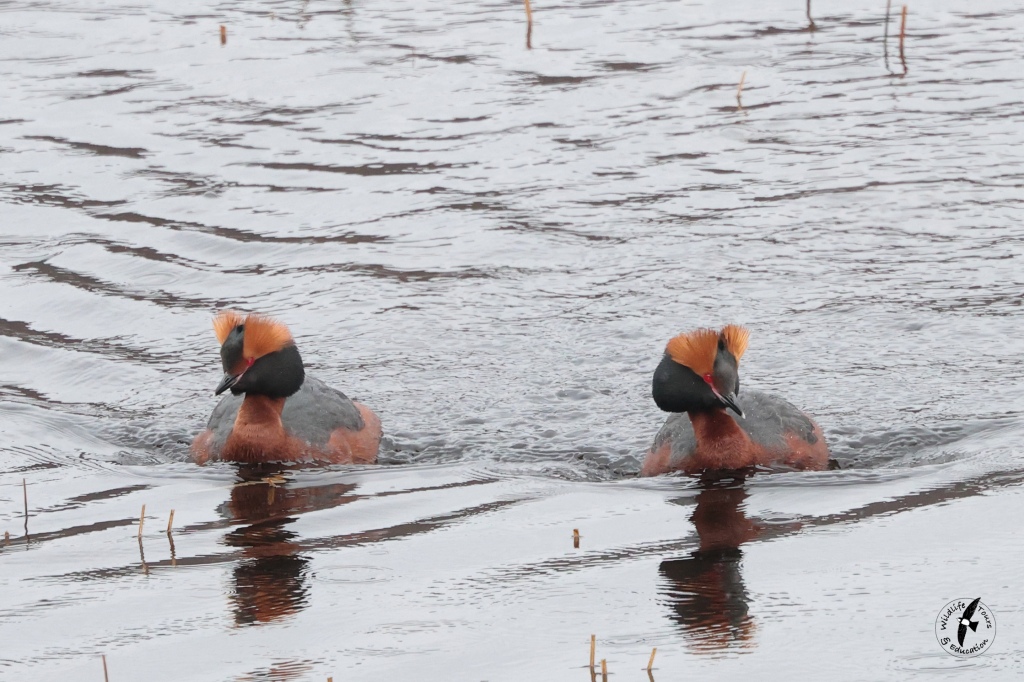
Some challenging weather on our tour to Scotland this April didn’t deter us having some excellent sightings. We saw many other species in addition to the those photographed here including Ring Ousel, White Billed Diver, Black Grouse, Golden and White tailed Eagle. Look out for next years tour being advertised within the next few weeks.


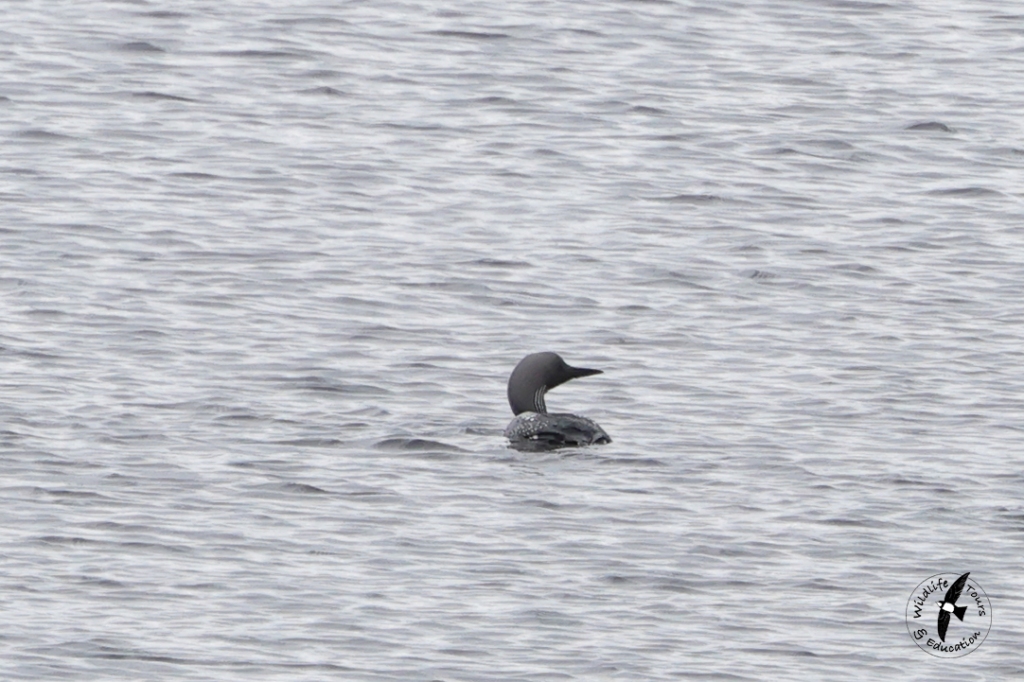

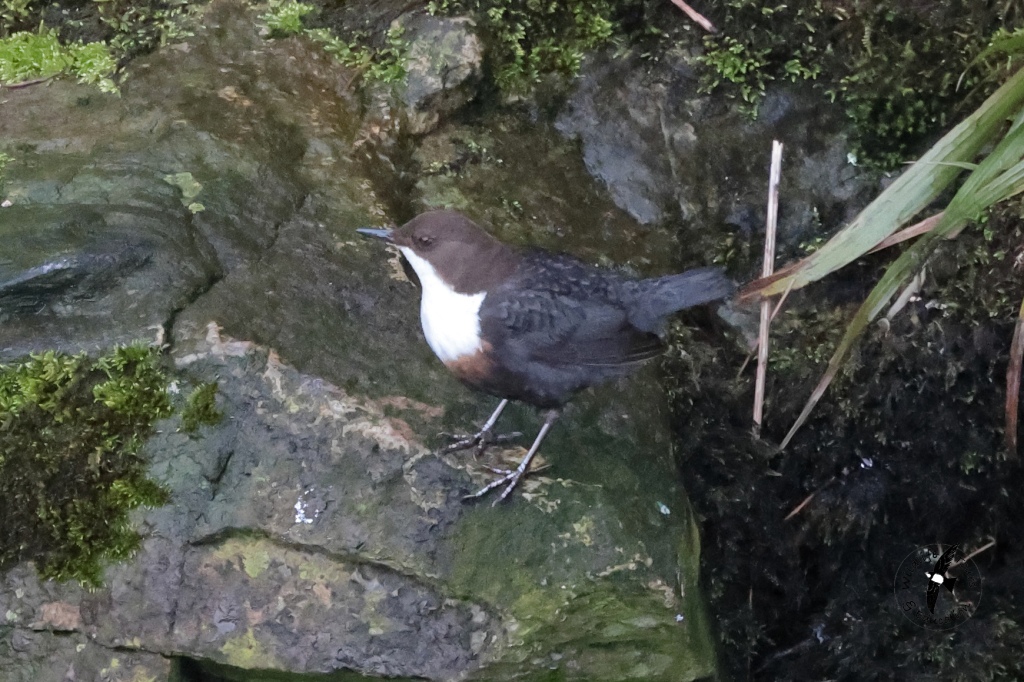





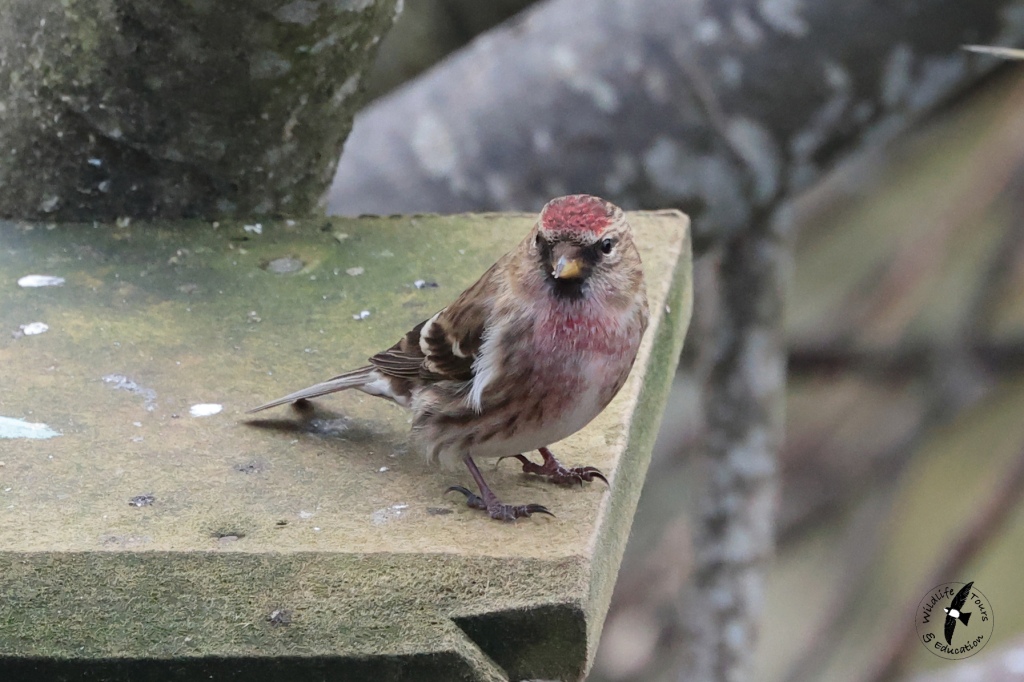







If you saw my last post about Guineafowl you may have also seen the comments on the facebook version of the post regarding recording and it’s importance.
It’s not always about the rare stuff either. If you don’t submit records of the common birds you see, if numbers dip it may not been seen to be happening. It could be missed. Before you know it we’ve lost a species or two. Spotted Flycatcher and Lesser Spotted Woodpeckers are two species in Norfolk that are now difficult to find. The Willow Tit is next to impossible. I wonder if changes had been monitored more closely could we have done something to better the situation? What will be next ‘House Sparrow’ perhaps.
The message is ‘records are important’ – even old ones. Old records enable a base line to be set.
I’m reminded of records kept by the late father of my friend Paul. When he passed we sent all his Norfolk records into Norwich Museum so they could be archived.
Paul’s dad was a lighthouse keeper (as was Paul) and kept meticulous records of weather and birds he saw. Thankfully some of the records that he kept when he was on Coquet island off Northumberland were saved and sent off to friends in Newcastle that ensured they were saved in a repository so they could be used in the future. The illustrations used to support his notes impressed me so much I photographed some before they were sent.
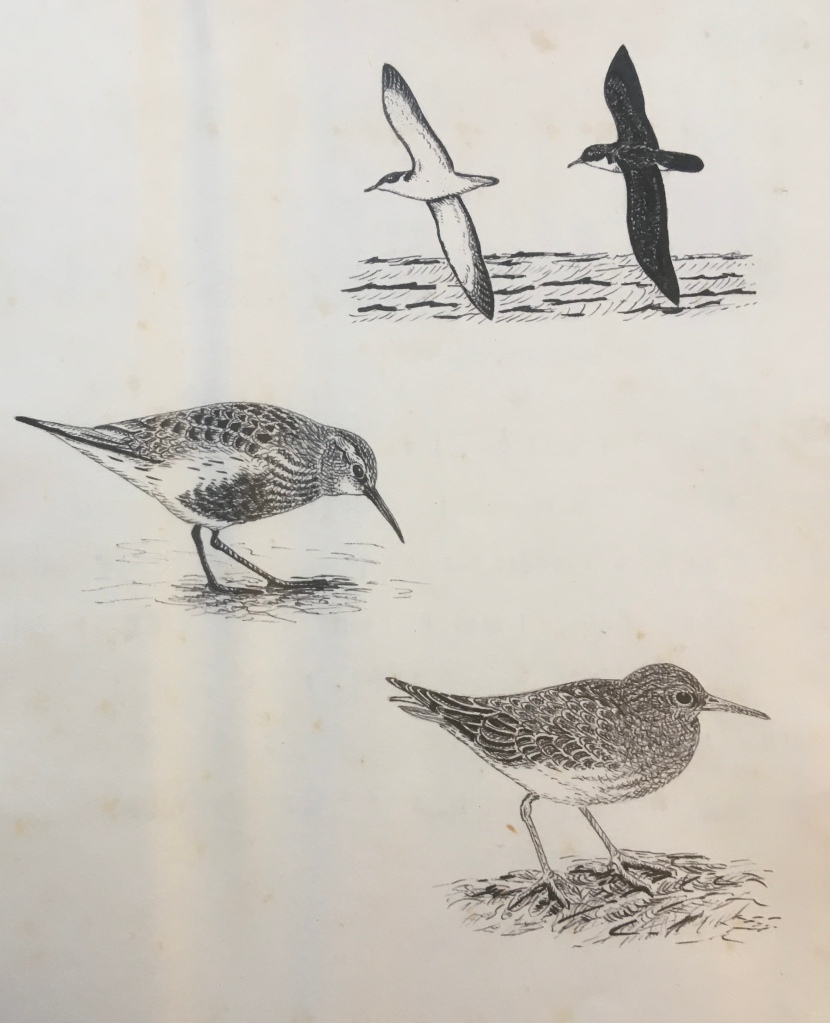


Moving around the county as I do on tours I’ve been coming across a good number of Guineafowl. As you may know these are birds in the order Galliformes. Helmeted Guineafowl are endemic to Africa. They have escaped from collections and farmyards and like Pheasants (and chickens) they have a range of appearances bred within domesticated forms.
I’m now finding Guineafowl with a measure of regularity up field edges and the like. What brought this post to the fore is I saw a bird with young this week. They are obviously breeding, be it in a semi-wild capacity or otherwise.
Obviously one incidence of breeding even if it was by completely wild birds doesn’t mean Guineafowl gain access to the British list. However, there is a category of birds on the list maintained by the BOU held as ‘Category F’. I’m guessing Guineafowl should fit comfortably there for the present time; but at the moment it’s not listed. I wonder why not?
This, by the way, is a genuine question not a ‘pop’ at the BOU which does an amazing job.
